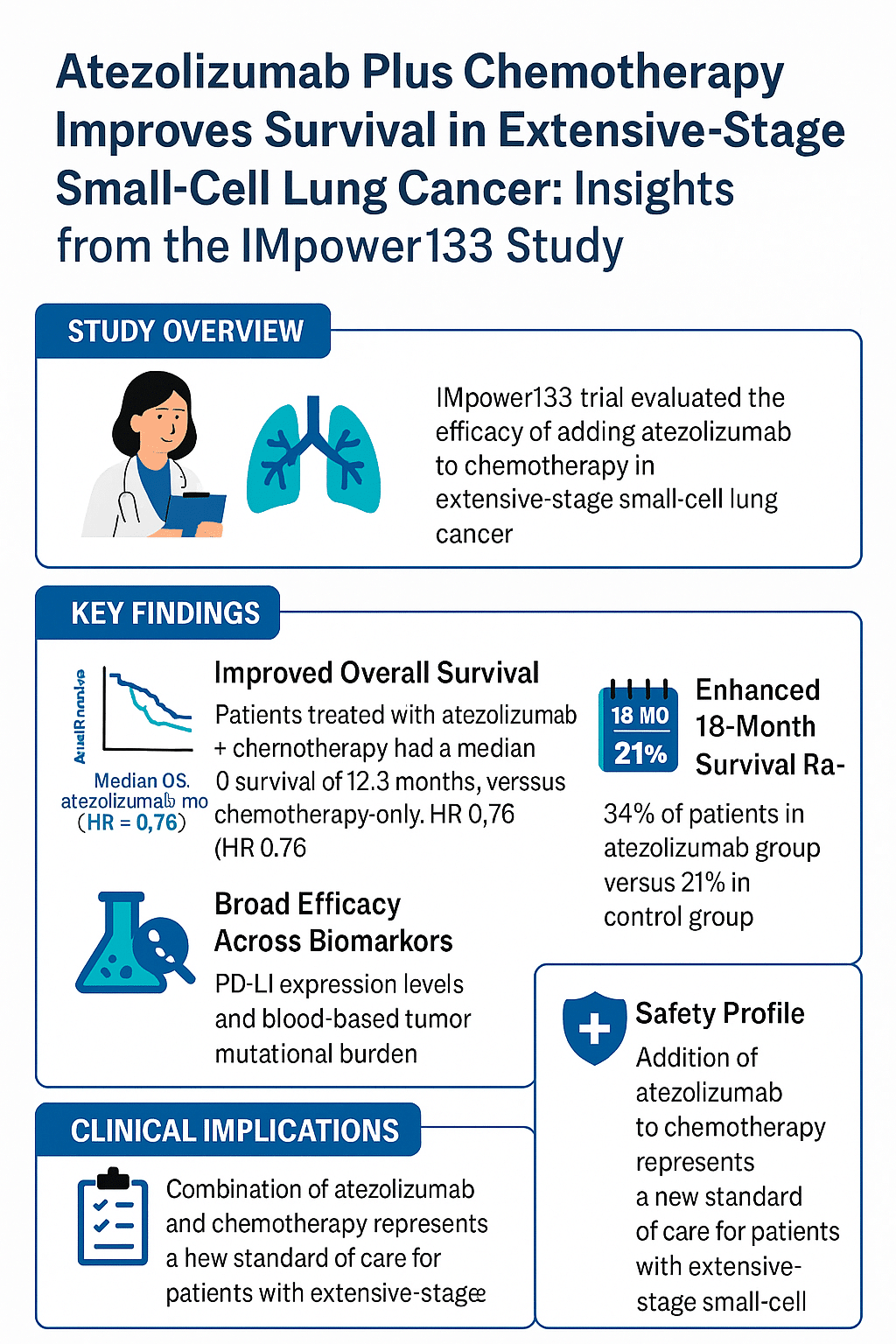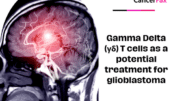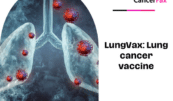
Successful CRISPR Gene Therapies in Practice: Case Studies
Case Studies: Successful CRISPR Gene Therapies in Practice
CRISPR, an acronym for Clustered Regularly Interspaced Short Palindromic Repeats, has emerged as a revolutionary instrument in the domain of gene editing, significantly transforming the landscape of biotechnology and medical science.
Following its inception, CRISPR technology has facilitated novel approaches to addressing an extensive variety of genetic disorders. The present article explores several notable case studies in CRISPR gene therapy, emphasizing their importance, associated challenges, and the optimistic prospects they signify for the realm of genetic medicine.
1. Sickle Cell Disease: A Breakthrough in Genetic Medicine
SCD is a genetic hematological disorder characterized by abnormal hemoglobin, assuming a crescent or sickle shape in the red blood cells. The implication of such cells is that they may block blood vessels, leading to severe pain, possible organ damage, and increased risk for infection. Traditional treatments for SCD have generally been symptom-based, while bone marrow transplantation has been recognized as the only curative approach; however, this treatment carries significant risks and is not widely available.
In 2019, CRISPR Therapeutics and Vertex Pharmaceuticals announced a milestone in treating SCD with CRISPR-Cas9. This therapy, CTX001, involves the extraction of hematopoietic stem cells from the patient, editing of the BCL11A gene with the purpose of reactivating fetal hemoglobin production, and subsequent introduction of such edited cells into the patient’s bloodstream. Fetal hemoglobin is one type of hemoglobin that could replace faulty adult hemoglobin, responsible for SCD.
One of the first patients treated with CTX001 was a 34-year-old mother from Mississippi, Victoria Gray, who showed an amazing improvement in her condition. She was discharged after treatment, with no painful crises and with normal levels of hemoglobin. This case was not only underlining the great potential of CRISPR in the curing of SCD but also gave the green light for other gene therapies against different blood disorders.
2. Leber Congenital Amaurosis: Restoring Vision through Gene Editing
Leber Congenital Amaurosis (LCA) constitutes a rare genetic ailment characterized by significant visual impairment or complete blindness from the moment of birth. This condition results from mutations occurring in one of multiple genes that play critical roles in the development and functioning of the retina, presenting considerable challenges for treatment and leaving patients with few available therapeutic options.
In 2020, scientists from Editas Medicine and Allergan (now part of AbbVie) conducted the world’s first in vivo CRISPR trial in humans directed against LCA10-a form of LCA driven by mutations in the CEP290 gene. This therapy, named EDIT-101, involves an intravitreal injection of CRISPR components into the eye of a patient to correct the genetic mutation responsible for the disease.
Early results from this trial are encouraging. Patients treated showed improvement in their vision, with some regaining the ability to see light and movement. The trial is still continuing but early success of
EDIT-101 represents a milestone in the use of CRISPR technology to treat genetic blindness. The approach is a gateway to treating other forms of inherited blindness and serves as an example of the broad capacities of CRISPR to correct genetic defects throughout many tissue types of the body, beyond blood cells alone.
3. Transthyretin Amyloidosis: Targeting the Liver for Disease Modification
Transthyretin amyloidosis is a progressive, often fatal disease characterized by misfolding of the TTR protein, leading to accumulation of amyloid deposits in multiple organs and prominent dysfunction. Traditionally, treatment has been limited to either liver transplantation or pharmacologic stabilization of the TTR protein, each with significant limitations and risks.
In 2021, Intellia Therapeutics and Regeneron Pharmaceuticals became the first to use CRISPR in vivo to treat TTR amyloidosis. Their method, NTLA-2001, employs the direct delivery of CRISPR-Cas9 components into the liver with the help of lipid nanoparticles. This technique edits the gene for TTR within liver cells, leading to a profound decrease in the production of the misfolded protein.
In the first administration, NTLA-2001 significantly reduced the levels of TTR protein, and no severe adverse events were reported. This was a huge breakthrough in gene therapy since the treatment showed it is possible to edit genes in vivo with CRISPR technology to treat systemic diseases. It opens doors for treatments like this targeting other genetic disorders affecting the liver and other organs.
4. Beta-Thalassemia: A Lifesaving Therapy for Blood Disorders
Beta-thalassemia is a genetic hematological illness that shows up with a reduction or absence in the production of hemoglobin, leading to heavy anemia, fatigue, and other complications arising from the condition. Beta-thalassemia patients are usually committed to regular blood transfusions, which may cause iron overload and many serious health problems.
Similar to its approach for sickle cell disease, CRISPR Therapeutics and Vertex Pharmaceuticals applied its CTX001 therapy to beta-thalassemia, editing the patient’s hematopoietic stem cells to turn back on the production of fetal hemoglobin that compensates for the defective adult hemoglobin.
This treatment rendered the patient transfusion-independent in one of the first treated patients, significantly improving his quality of life. This heralds the bright future for CRISPR-based therapies in providing curative solutions to genetic blood disorders with reduced or no lifelong medical intervention.
Case Study 1: Victoria Gray (Sickle Cell Disease)
Victoria Gray, a patient with severe sickle cell disease, was one of the first patients to receive the new experimental CRISPR therapy. After the infusion of the edited cells, her body started making healthy hemoglobin, which in turn reduced the sickling of red blood cells.
More than a year after treatment, Gray did not show any signs of the serious complications associated with sickle cell disease. Her case has been recognized as a significant accomplishment, providing optimism to countless individuals afflicted by this incapacitating ailment.
Case Study 2: Beta-Thalassemia Patient in Europe
In one remarkable case, a European beta-thalassemia patient was treated with CTX001. Prior to this treatment, this patient was dependent on frequent blood transfusions in order to survive. After receiving the CRISPR-based treatment, the patient achieved transfusion independence, thus helping to demonstrate the potential of gene editing as an effective cure for beta-thalassemia.
5. Duchenne Muscular Dystrophy (DMD)
Duchenne muscular dystrophy is a serious genetic disorder characterized by mutations in the DMD gene, encoding the protein dystrophin, important for normal muscle function. This genetic disorder leads to progressive degeneration of muscles and weakness, usually causing the loss of ambulation with early death.
Various researchers have tested the possibility of CRISPR as a method of correcting mutations in the DMD gene. One groundbreaking work, published in 2017 in Science, demonstrated the use of CRISPR-Cas9 to correct the DMD gene in a mouse model. The therapeutic delivery successfully restored the expression of dystrophin and significantly improved muscle function in the treated mice.
Case Study: Gene Editing in DMD Patients With such preclinical successes, the first human trials of CRISPR-based therapies for DMD started in 2021. The therapy uses CRISPR to target and correct the specific mutations in the DMD gene responsible for the disease.
Although ongoing, early results of such trials are promising, with increased levels of dystrophin and improved muscle function in some patients. This can be a curative approach that would substantially improve the quality of life in patients with DMD.
6. Hereditary Transthyretin Amyloidosis (hATTR)
Hereditary transthyretin amyloidosis is a rare genetic disorder due to mutations within the gene TTR, allowing it to produce misfolded transthyretin protein. The latter then assembles into amyloid deposits across multiple organs. The deposition causes damage mainly to nerves and the heart.
The NTLA-2001 is a CRISPR-derived therapeutic agent headed to disrupt the malfunctioning gene, TTR, in the liver where the protein synthesis is, and was designed for a pivotal clinical trial by Intellia Therapeutics. The company reported in 2021 that the treatment had effectively cut transthyretin protein levels in the blood as high as 87% after one infusion.
Case Study: First Ever Systemic CRISPR Therapy This was the first time CRISPR technology had ever been used to edit genes directly in the human body-in vivo-in a systemic way. The fact that the protein causing the disease was successfully reduced in the patients was a significant milestone and proved how CRISPR could serve as a treatment method for systemic genetic diseases. This makes it the potentially only treatment needed by patients with hATTR and might serve as a breakthrough from prevailing treatments that require perpetual administration.
Conclusion
These gene therapy case studies using CRISPR have shown the great transformative power the technology holds for genetic disease treatment, from hematological disorders such as sickle cell anemia and beta-thalassemia to more complex ones like HIV and muscular dystrophy. Although these therapies are still in their early stage of development, early results are promising, offering hope for patients with genetic diseases that up until now had been incurable.
As CRISPR technology evolves, the successful clinical use will continue to rise and may, one day, cure numerous genetic diseases. But for these treatments to have been effective, there should not only be continuous improvements of the methods involving CRISPR but also ethical, regulatory, and accessibility concerns so that these life-changing treatments reach everyone in need.
Advances within the technology of CRISPR are, quite literally, changing the face of medicine in directions where genetic disorders may one day be corrected at their source, thus giving hope and treatment to millions the world over.
Susan Hau is a distinguished researcher in the field of cancer cell therapy, with a particular focus on T cell-based approaches and cancer vaccines. Her work spans several innovative treatment modalities, including CAR T-cell therapy, TIL (Tumor-Infiltrating Lymphocyte) therapy, and NK (Natural Killer) cell therapy.
Hau's expertise lies in cancer cell biology, where she has made significant contributions to understanding the complex interactions between immune cells and tumors.
Her research aims to enhance the efficacy of immunotherapies by manipulating the tumor microenvironment and exploring novel ways to activate and direct immune responses against cancer cells.
Throughout her career, Hau has collaborated with leading professors and researchers in the field of cancer treatment, both in the United States and China.
These international experiences have broadened her perspective and contributed to her innovative approach to cancer therapy development.
Hau's work is particularly focused on addressing the challenges of treating advanced and metastatic cancers. She has been involved in clinical trials evaluating the safety and efficacy of various immunotherapy approaches, including the promising Gamma Delta T cell therapy.
- Susan Hauhttps://cancerfax.com/author/susan/
- Susan Hauhttps://cancerfax.com/author/susan/
- Susan Hauhttps://cancerfax.com/author/susan/
- Susan Hauhttps://cancerfax.com/author/susan/
Related Posts
- Comments Closed
- September 2nd, 2024


- Datopotamab deruxtecan-dlnk is approved by the USFDA for EGFR-mutated non-small cell lung cancer
- Tafasitamab-cxix is approved by the USFDA for relapsed or refractory follicular lymphoma
- PiggyBac Transposon System: A Revolutionary Tool in Cancer Gene Therapy
- Breakthrough Treatments for Advanced Breast Cancer in 2025
- Neoadjuvant and adjuvant pembrolizumab is approved by the USFDA for resectable locally advanced head and neck squamous cell carcinoma
- Mitomycin intravesical solution is approved by the USFDA for recurrent low-grade intermediate-risk non-muscle invasive bladder cancer
- Taletrectinib is approved by the USFDA for ROS1-positive non-small cell lung cancer
- Darolutamide is approved by the USFDA for metastatic castration-sensitive prostate cancer
- Atezolizumab Plus Chemotherapy Improves Survival in Advanced-Stage Small-Cell Lung Cancer: Insights from the IMpower133 Study
- Satri-cel CAR T-Cell Therapy: A New Era in Gastric Cancer Treatment
- AI & Technology (12)
- Aids cancer (4)
- Anal cancer (9)
- Appendix cancer (3)
- Basal cell carcinoma (1)
- Bile duct cancer (7)
- Biotech Innovations (19)
- Bladder cancer (12)
- Blood cancer (60)
- Bone cancer (12)
- Bone marrow transplant (47)
- Brain Cancer (1)
- Breakthrough Research (17)
- Breast Cancer (54)
- Cancer Guides (10)
- Cancer News and Updates (54)
- Cancer Treatment Abroad (288)
- Cancer treatment in China (316)
- Cancer Treatments (12)
- Cancer Types (5)
- Cancer Warriors (1)
- CAR T Protocols (2)
- CAR T-Cell therapy (135)
- Cervical cancer (41)
- Chemotherapy (55)
- Childhood cancer (2)
- Cholangiocarcinoma (3)
- Clinical trials (15)
- Colon cancer (96)
- Diagnosis & Staging (4)
- Doctors & Researchers (76)
- Drug Approvals (107)
- Drugs (87)
- Endometrial cancer (10)
- Esophageal cancer (15)
- Eye cancer (9)
- For Doctors and Researchers (12)
- Gall bladder cancer (3)
- Gastric cancer (29)
- Gene therapy (5)
- Glioblastoma (7)
- Glioma (10)
- Global Trial News (5)
- Gynecological cancer (2)
- Head and neck cancer (20)
- Hemato-Oncologist (1)
- Hematological Disorders (52)
- Hospital Reviews (3)
- How to Participate (6)
- Immunotherapy (34)
- Kidney cancer (10)
- Laryngeal cancer (1)
- Leukemia (49)
- Liver cancer (103)
- Lung cancer (83)
- Lymphoma (52)
- MDS (2)
- Melanoma (9)
- Merkel cell carcinoma (1)
- Mesothelioma (5)
- Myeloma (25)
- Myths vs Facts (5)
- Neuroblastoma (7)
- NK-Cell therapy (13)
- Nutrition (1)
- Ongoing Trials (11)
- Oral cancer (13)
- Ovarian Cancer (14)
- Pancreatic cancer (43)
- Paraganglioma (6)
- Patient Testimonials (1)
- Penile cancer (1)
- Prostrate cancer (11)
- Proton therapy (28)
- Radiotherapy (56)
- Recovery Tips (2)
- Rectal cancer (58)
- Research Insights (8)
- Sarcoma (14)
- Skin Cancer (13)
- Spine surgery (24)
- Stomach cancer (40)
- Success Stories (1)
- Surgery (102)
- Systemic mastocytosis (1)
- T Cell immunotherapy (7)
- Targeted therapy (9)
- Testicular cancer (5)
- Thoracic surgery (2)
- Throat cancer (6)
- Thyroid Cancer (15)
- Travel & Stay (1)
- Treatment Cost (2)
- Treatment in China (969)
- Treatment in India (1,275)
- Treatment in Israel (652)
- Treatment in Malaysia (425)
- Treatment in Singapore (321)
- Treatment in South Korea (305)
- Treatment in Thailand (291)
- Treatment in Turkey (272)
- Treatment Planning (151)
- Trial Results (2)
- Uncategorized (105)
- Urethral cancer (9)
- Urosurgery (14)
- Uterine cancer (4)
- Vaginal cancer (6)
- Vascular cancer (5)
- Vulvar cancer (1)



CRISPR clinical trial results, CRISPR gene therapy success, CRISPR therapy examples, CRISPR-Cas9 case studies, Gene editing breakthroughs, Genetic disorder cures, Genome editing medical applications, Precision medicine success stories
CancerFax is the most trusted online platform dedicated to connecting individuals facing advanced-stage cancer with groundbreaking cell therapies.
Send your medical reports and get a free analysis.
🌟 Join us in the fight against cancer! 🌟
Привет,
CancerFax — это самая надежная онлайн-платформа, призванная предоставить людям, столкнувшимся с раком на поздних стадиях, доступ к революционным клеточным методам лечения.
Отправьте свои медицинские заключения и получите бесплатный анализ.
🌟 Присоединяйтесь к нам в борьбе с раком! 🌟